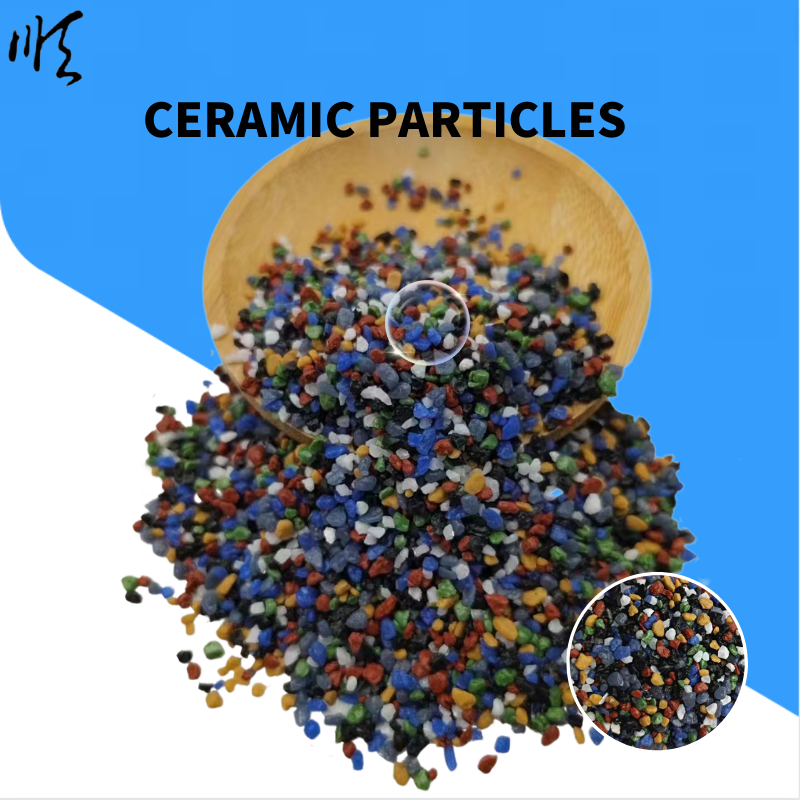
Alumina Crystal
The Significance of Alumina Crystal in Modern Technology
Alumina, or aluminum oxide (Al2O3), is a compound that plays a pivotal role in various technological applications due to its unique properties, particularly in the form of crystals. This inorganic compound occurs naturally as the mineral corundum, which is best known for its gemstone varieties sapphires and rubies. However, the industrial applications of alumina extend far beyond its aesthetic appeal, making it a crucial material in numerous fields.
One of the most significant characteristics of alumina crystal is its exceptional hardness. Ranking 9 on the Mohs scale of mineral hardness, alumina is second only to diamond. This inherent hardness makes it an ideal material for use in abrasives, cutting tools, and wear-resistant coatings. Industries that rely on harsh operating conditions often utilize alumina-based materials to enhance the longevity and performance of their equipment.
Additionally, alumina crystals possess excellent thermal stability and electrical insulation properties. This makes them highly valuable in the electronics and telecommunications sectors. For instance, high-purity alumina is used to manufacture insulating substrates for electronic components, ensuring reliability and efficiency in circuit designs. Moreover, alumina’s ability to withstand high temperatures without degrading is crucial in applications such as furnace linings and aerospace components, where materials are subjected to extreme thermal conditions.
alumina crystal

In recent years, the demand for alumina crystals in the ceramics industry has surged. The unique combination of its mechanical strength and thermal resistance makes it a popular choice for advanced ceramic materials used in manufacturing glass, porcelain, and other ceramic products. These materials benefit from alumina’s durability and aesthetic appeal, further enhancing their functionality and marketability.
Furthermore, alumina is also a key player in the field of catalysis. Alumina supports a wide range of catalytic processes, serving as a catalyst or catalyst support in the production of chemicals and fuels. The porous nature of alumina allows for increased surface area, facilitating effective chemical reactions while minimizing the environmental impact. Therefore, its role in sustainable chemistry is becoming increasingly vital.
Research into the properties and applications of alumina crystals continues to evolve. Innovations in nanotechnology have led to the development of nano-alumina, which exhibits even more remarkable properties. This advanced form of alumina is being explored in fields ranging from medicine to environmental science, indicating the broad potential of this compound.
In conclusion, alumina crystals are more than just a component of gemstones. Their hardness, thermal stability, and insulating properties make them indispensable in various industries, from electronics to ceramics and catalysis. As technology continues to advance, the significance of alumina crystal is likely to expand, paving the way for new innovations and applications that harness its unique characteristics. The future looks bright for alumina as it continues to be a cornerstone of modern material science and engineering.
Share
-
Premium Pigment Supplier Custom Solutions & Bulk OrdersNewsMay.30,2025
-
Top China Slag Fly Ash Manufacturer OEM Factory SolutionsNewsMay.30,2025
-
Natural Lava Rock & Pumice for Landscaping Durable Volcanic SolutionsNewsMay.30,2025
-
Custom Micro Silica Fume Powder Manufacturers High-Purity SolutionsNewsMay.29,2025
-
Custom Mica Powder Pigment Manufacturers Vibrant Colors & Bulk OrdersNewsMay.29,2025
-
Custom Micro Silica Fume Powder Manufacturers Premium QualityNewsMay.29,2025






